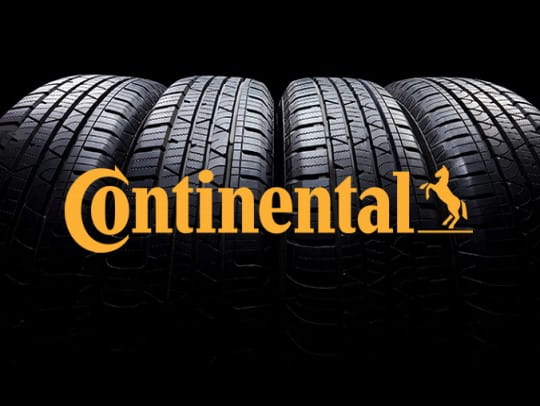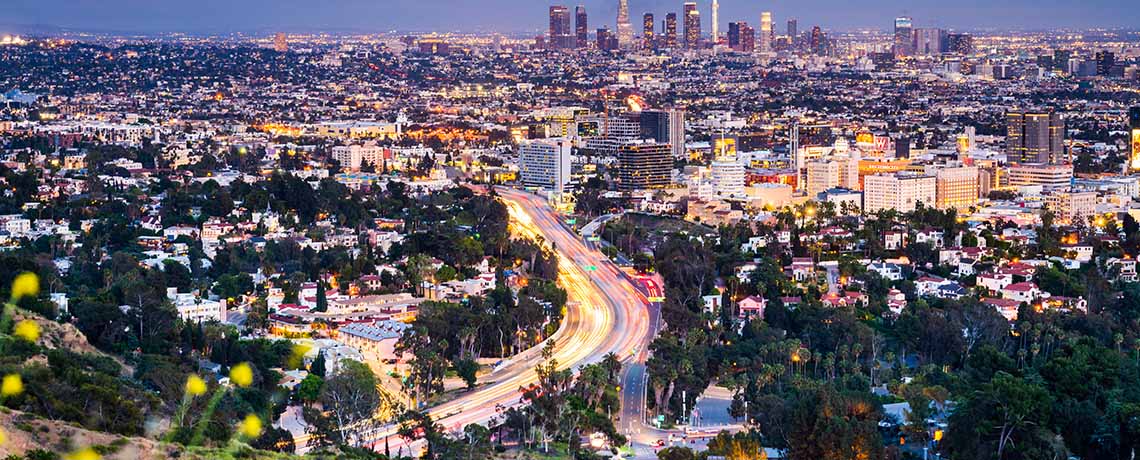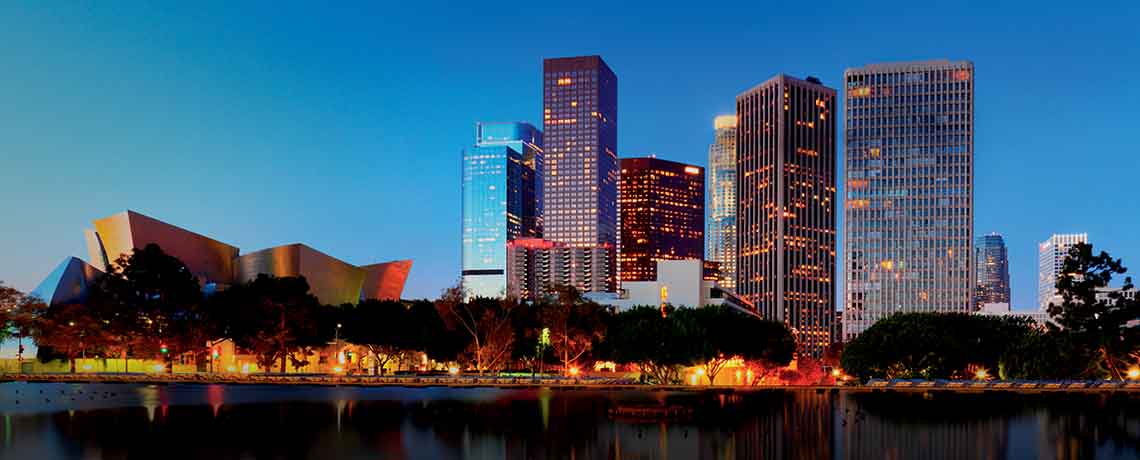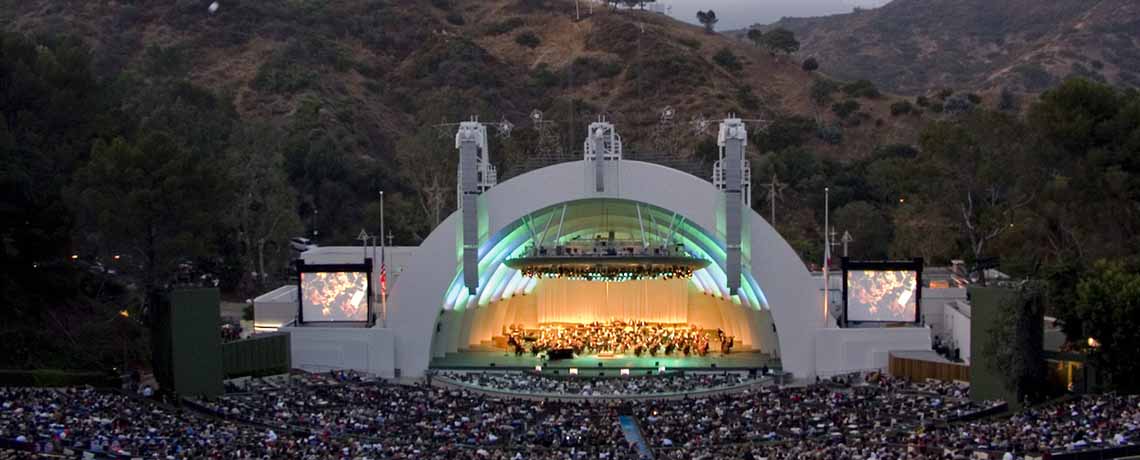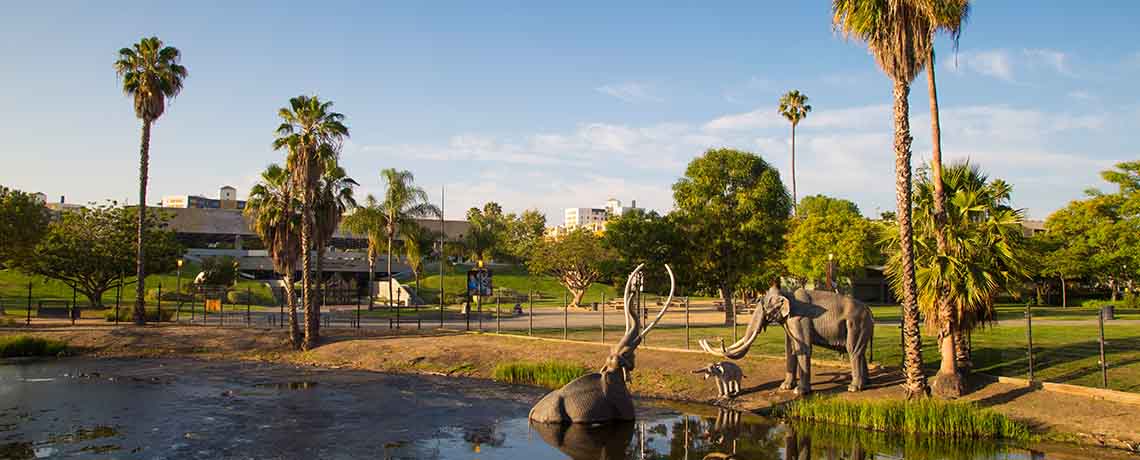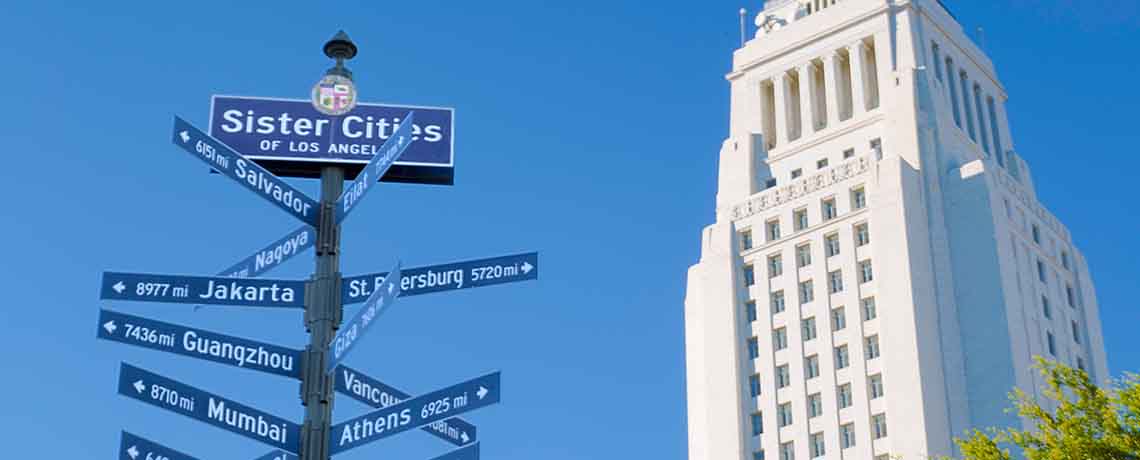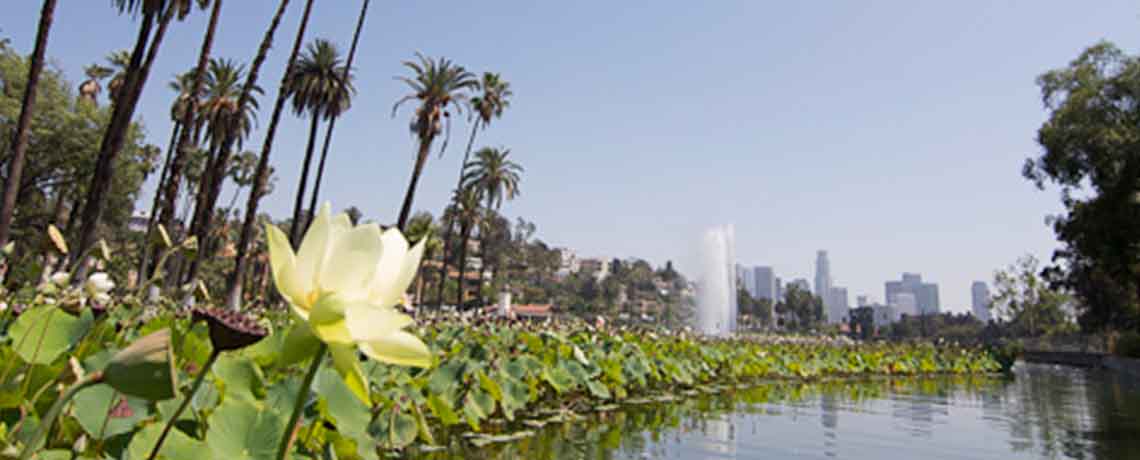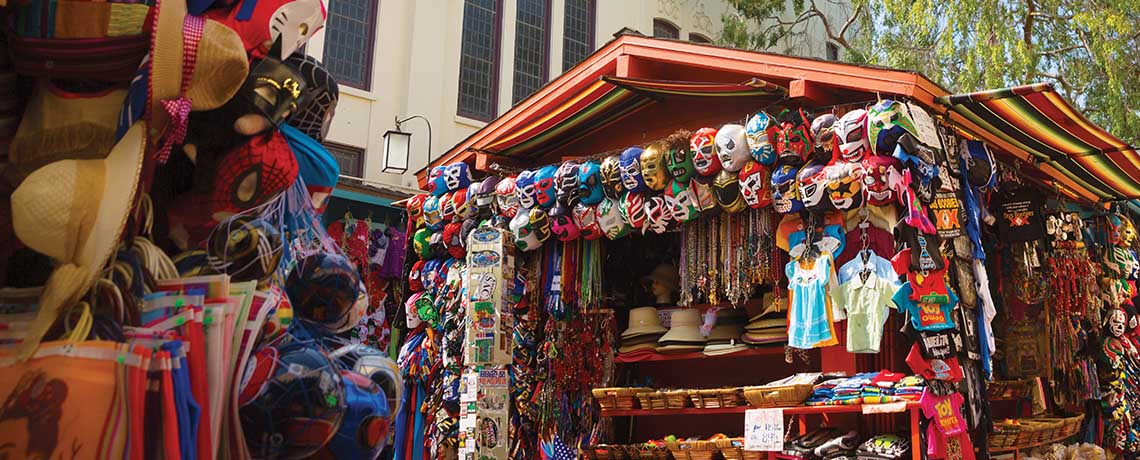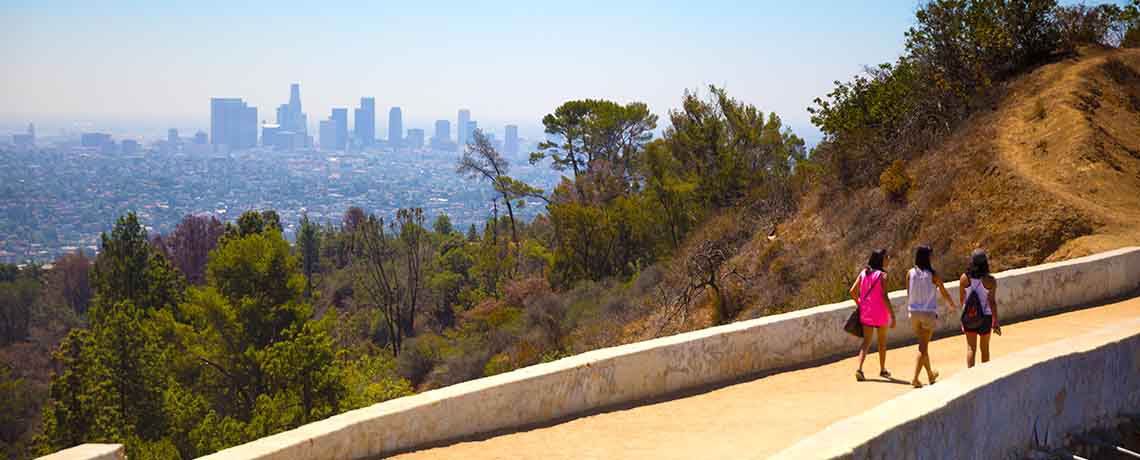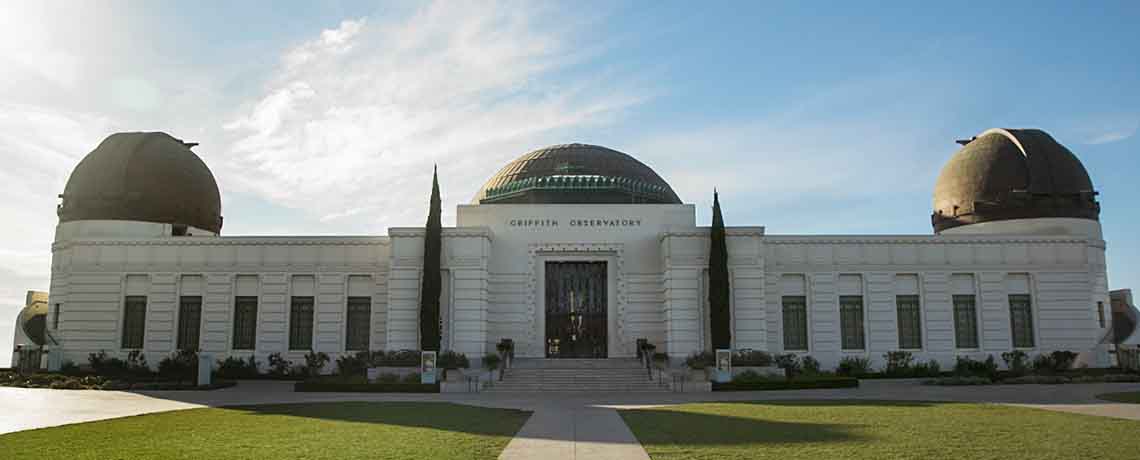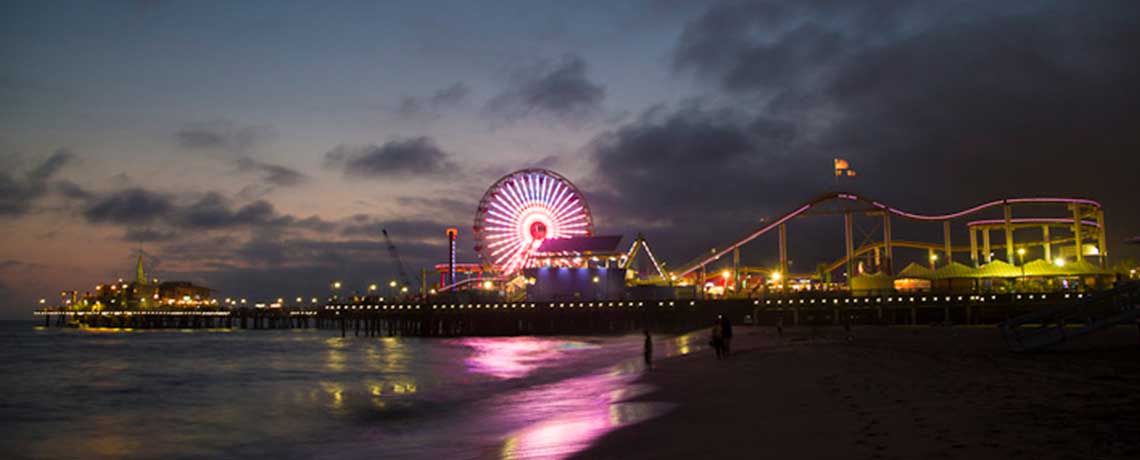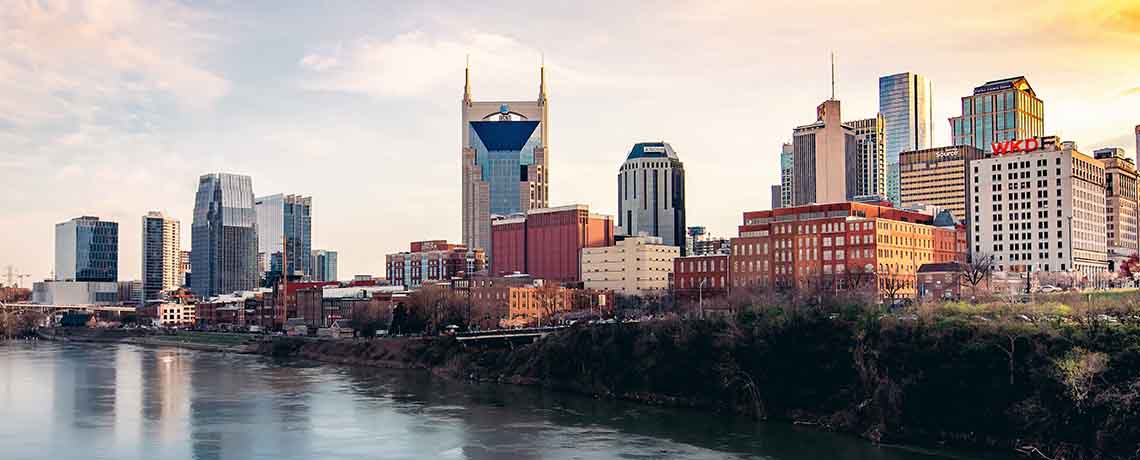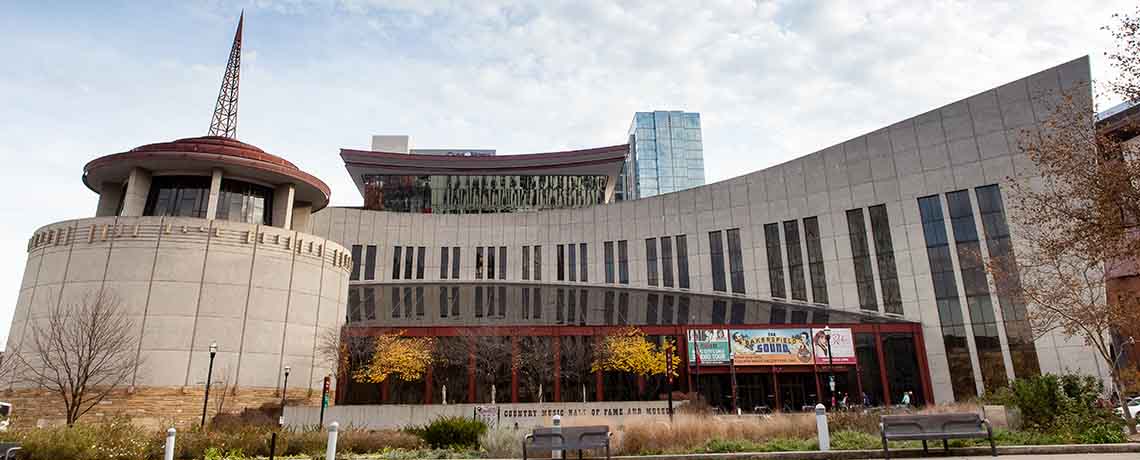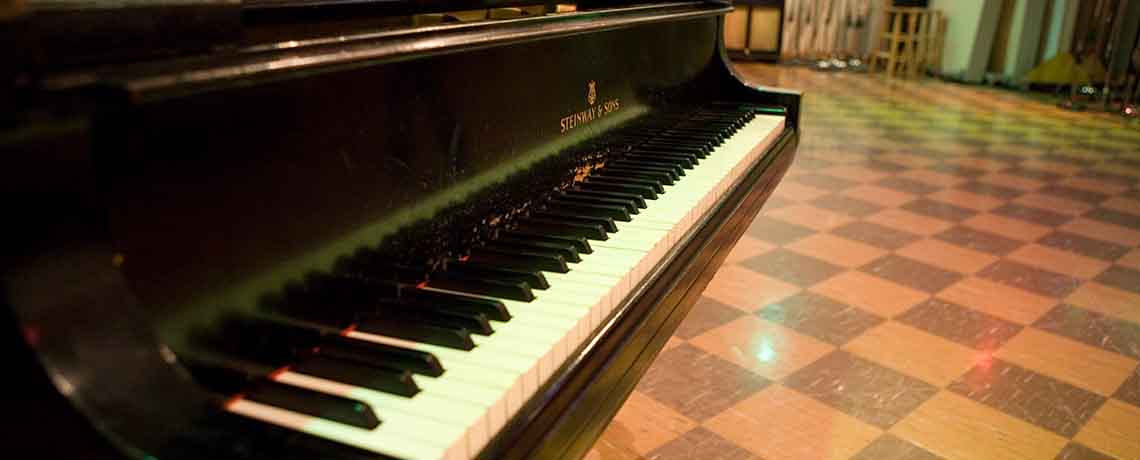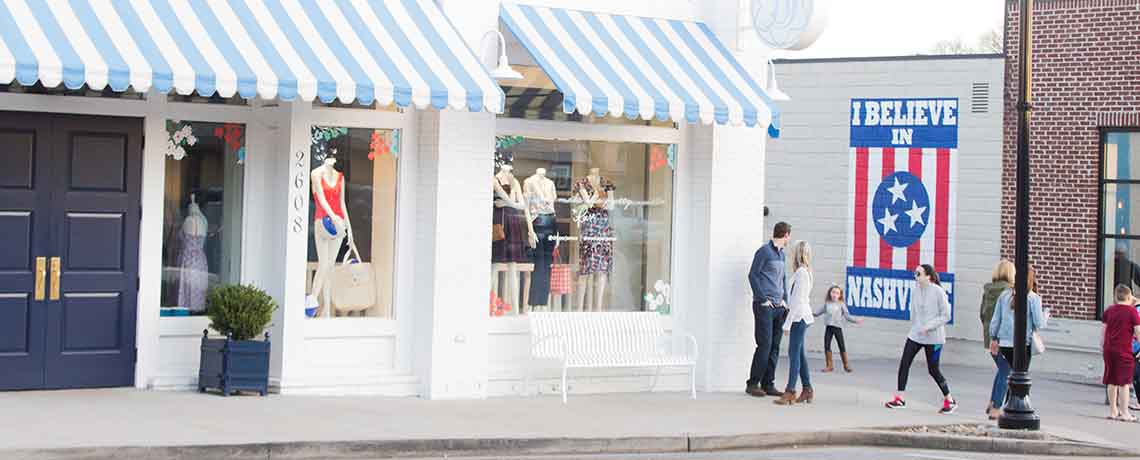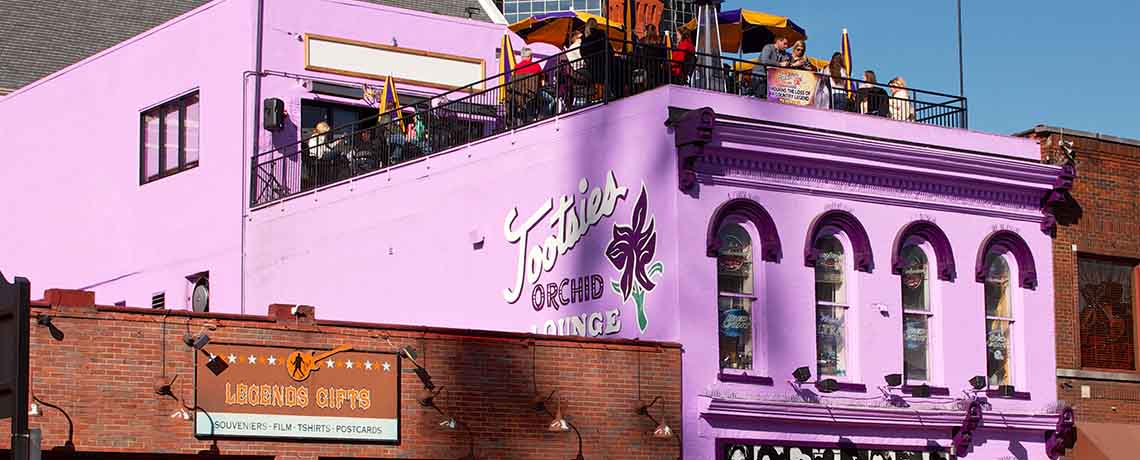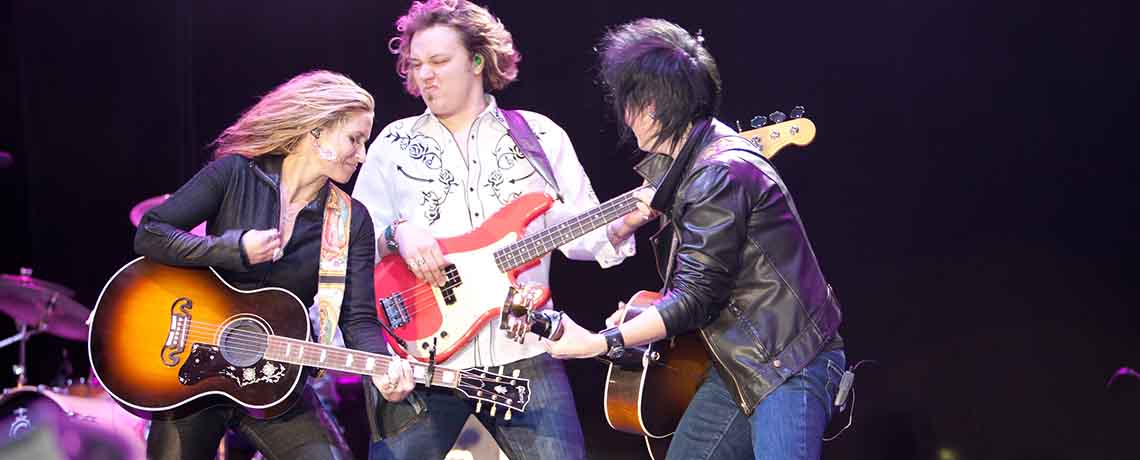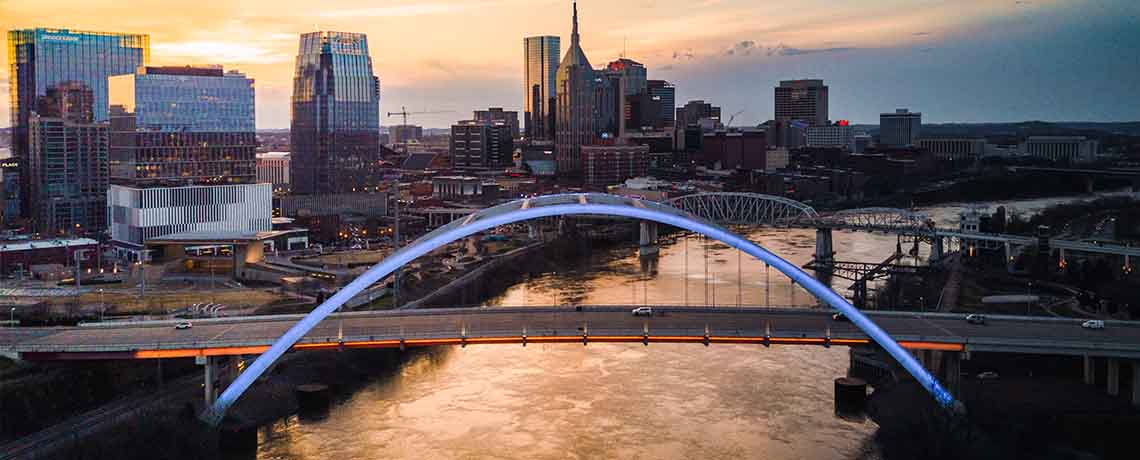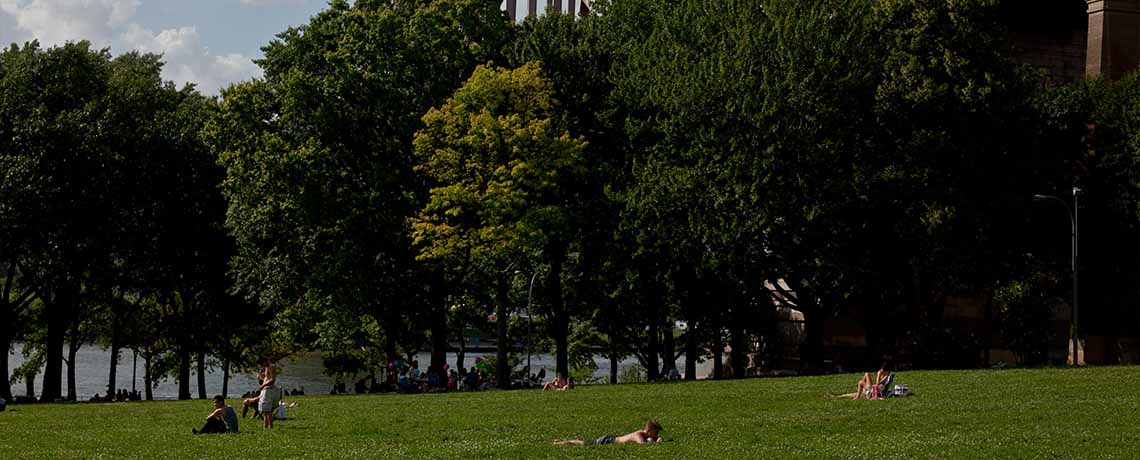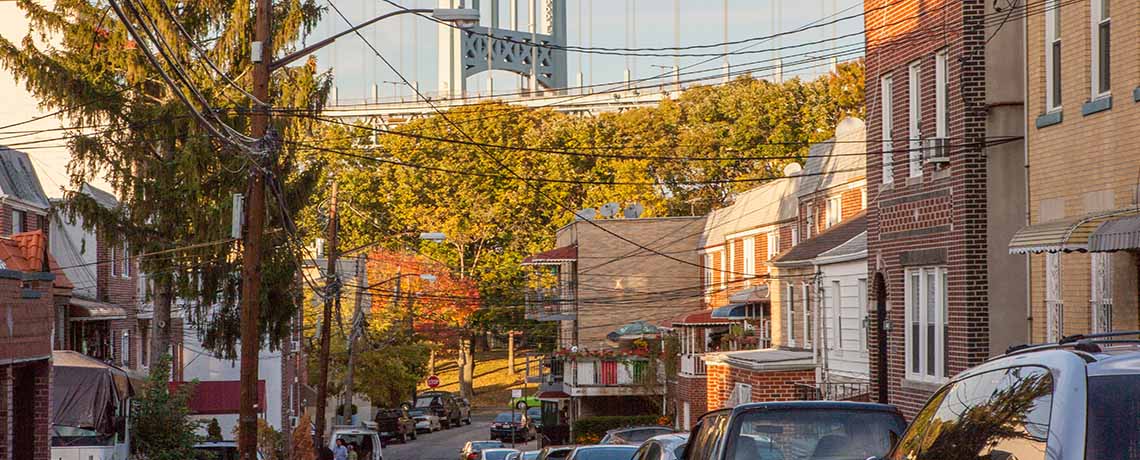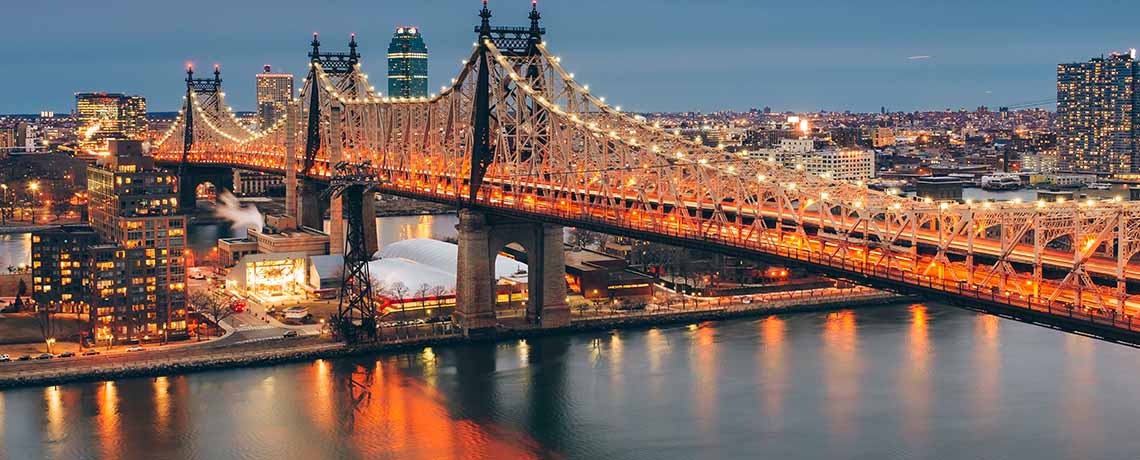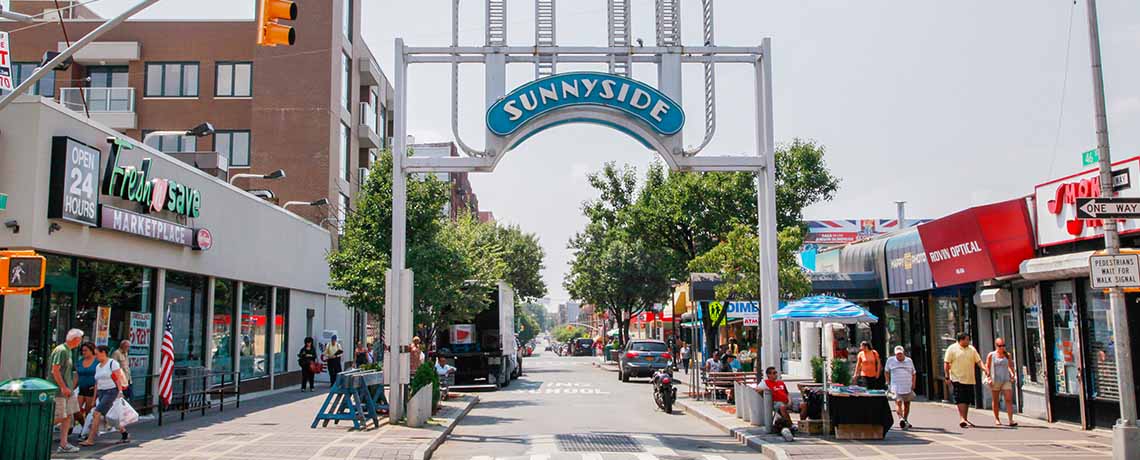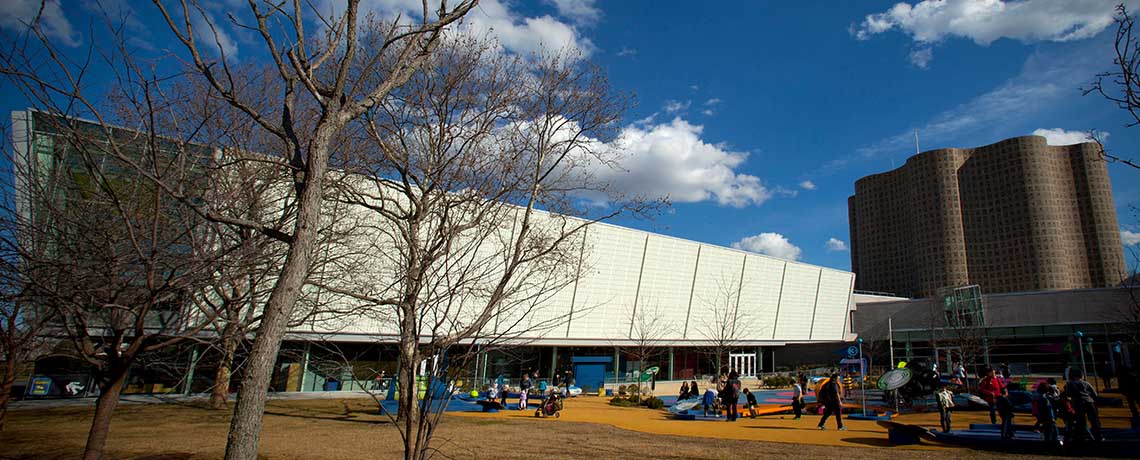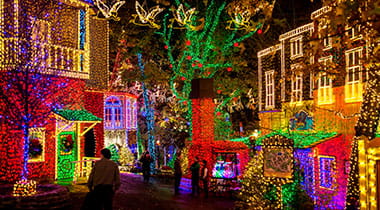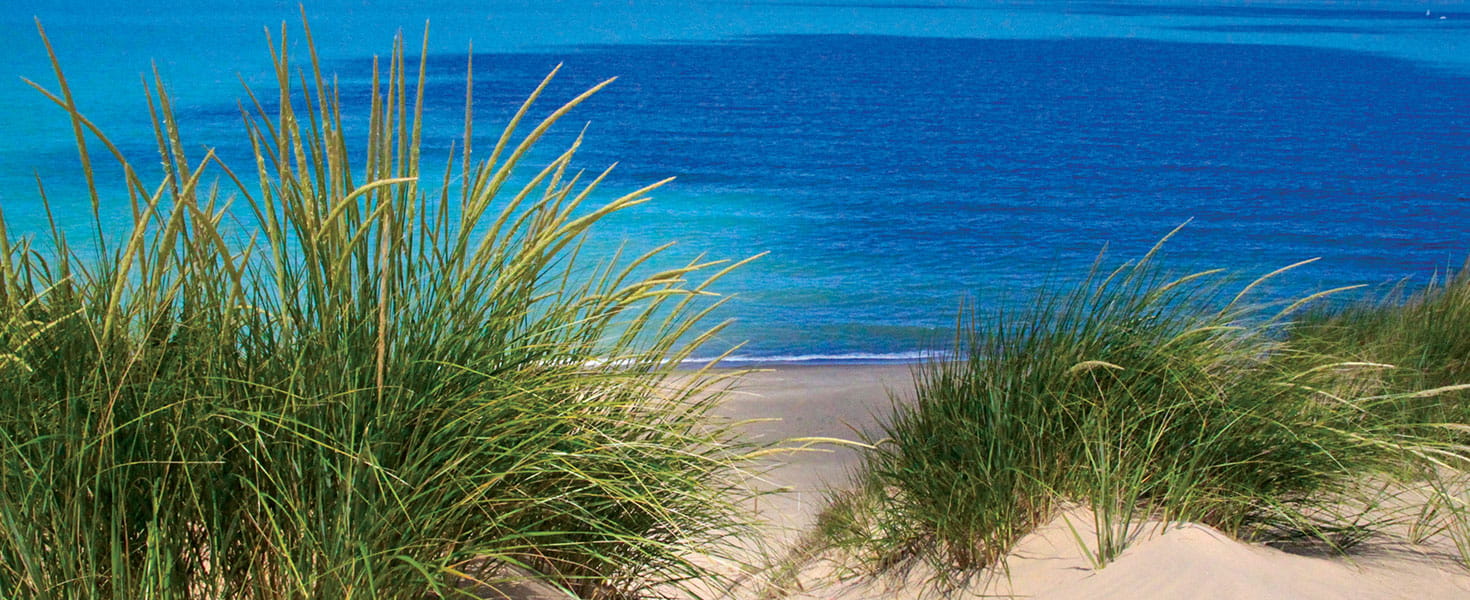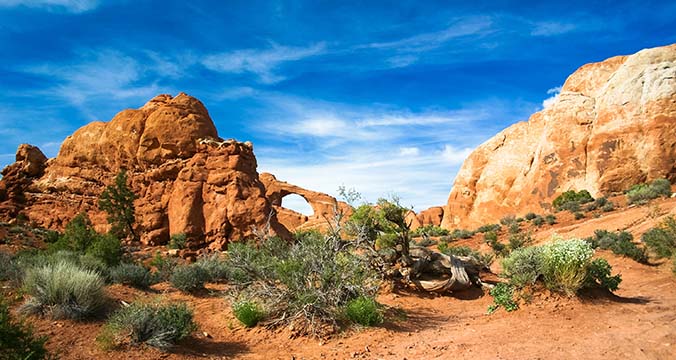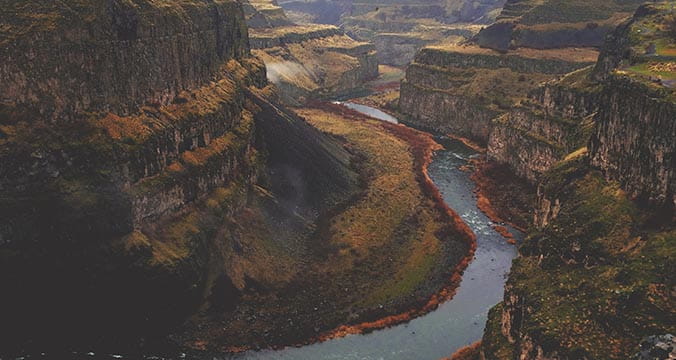Most of us have spent much of 2020 a lot closer to home than usual. We’ve rescheduled trips, worked from home (if we were lucky), connected with others by Zoom, and rediscovered jigsaw puzzles and home cooking.
Without the need to rush from place to place and activity to activity, we’ve had time to reconnect with our immediate surroundings, whether that’s the family farm, a suburban backyard, or a city street. During these trying times, many of us have come to view our homes and communities with deeper compassion as we rely on others for support and help each other through challenges.
While the pandemic has been difficult for all, in many areas it has been the cities that have been hit hardest. Yet city dwellers around the country will tell you that there’s still no place they’d rather be. We asked some devoted urbanites to tell us about where they live and why now, more than ever, they feel at home there.
ODE TO LA
By Melissa Curtin
Pelicans soar along the water line, and dolphins follow me down the beach. I admire a pack of surfers soaring and swiveling as the waves carry them home, or at least to Malibu Pier. Sixty years ago, fictional surfer girl, Gidget, rode these same waves in a movie. I bet she felt free—like me.
Born a Connecticut Yankee and after a decade of living in Washington, DC, I arrived in Los Angeles 13 years ago and fell in love. Those first few years, I never wanted to set foot inside, afraid the sunlight wouldn’t return. At my home in Hollywood Hills, lemons grow in the yard, and the sunrise reflects in my bathroom mirror. In one direction, I gaze at snowcapped mountains and, in the other, the hazy twinkle of the Pacific Ocean. The sky is bluer than any I have ever known.
Here in this sprawling city of 4 million, world trends begin, and entertainment and tech ideas sprout. There’s a sense of possibility without limits. In LA, you can be anyone.
Why do I love LA? Let me count my memories.
Painted art murals sweep blocks and hug storefronts on Melrose Avenue, where visitors pose against backdrops of pink walls and angel wings. Jasmine intoxicates me in Beverly Hills as my reflection peers back from the hood of an Italian sports car. Tiny dogs held by buff owners yap at me as I climb up Runyon Canyon for city views. On a street corner, fresh tacos await.
In Koreatown, I duck into a booth for a communal barbecue of bulgogi, short ribs, pork belly, and a smattering of small dishes. I leave smelling like sizzling meats and kimchi but can’t resist popping into a few spots for Taiwanese, Filipino, and Japanese treats. I’m hooked not only by Koreatown’s food but also on its late-night karaoke lounges and its day spas. The dense streets of eclectic urbanity, neon signs, and architectural styles remind me of the area’s history. I bet those who came before felt a sense of community and intrigue—like me.
In liquid blackness, my friends and I spiral up in our car to the lawn at Griffith Park for the chance to see Mars through one of the observatory’s outdoor telescopes. Below, the city lights twinkle like constellations. The urban park comprises more than 4,000 acres of mostly undeveloped land, which remains virtually unchanged from the days when Native American villages occupied the area’s lower slopes. I bet those early inhabitants looked out across this land and felt awe—like me.
My girlfriends and I leave the Hollywood Bowl laughing arm in arm, the tunes humming in our minds and a smoke halo from the fireworks still hanging over the canyon. Sizzling onion sausages from a street cart vendor taunt me, making it impossible not to stop for a bite. Since 1922, audiences have appreciated the voices and sounds in nature’s amphitheater. I bet they felt giddy—like me.
There’s not a soul in sight at the Los Angeles County Museum of Art in the middle of a moonlit night.
My dog pulls me through the grounds of the largest art museum in the Western U.S., passing among 200 clustered streetlamps by artist Chris Burden. On Museum Row, I cautiously watch the ground as I try not to step on the bubbling “tar” that has seeped up since the 1800s. This close to the La Brea Tar Pits, the pungent smell reminds me of the past, when asphalt mining operations occurred here. I’ll bet those miners felt excited and curious—like me.
Memories tug especially hard during this time of pandemic and protests. Yet even now, I know that visionaries and creatives, entertainers and cooks, immigrants and surfers still flock to LA, and they still continue to dream.
A city well lived, a city well loved.
A place of inspiration,
An ongoing romance,
Los Angeles is a city for everyone.
This is LA.
THE SOUNDTRACK OF NASHVILLE
By Margaret Littman
People don’t toss their belongings in a bandana, tie them to a stick, sling that bindle over their shoulder, and hop a train to Nashville to follow their dreams anymore. I didn’t. Well, not exactly. Instead, I packed two dogs into a decade-old Subaru, tied things to the roof rack, and drove south from Chicago.
In 2007, I moved back to Nashville—my college town—because, when it comes to creative energy, nowhere compares to Music City. Creative ideas are our currency. Showing up with a song lyric in your head is more important than having a dollar in your pocket. From Wilma Rudolph, who became an Olympic track-and-field medalist, to Elvis Presley, who recorded “It’s Now or Never” in RCA Studio B, Nashville has always called to mavericks and iconoclasts. Today, Nashville continues to attract people with big dreams, big talent, and big ideas.
More than anywhere else I’ve lived, this is a place that doesn’t just allow people to dream but, rather, encourages them to do so. People here describe themselves as hyphenates, the chef-singer-songwriter, or the artist-fashion-designer-hula-hoop-maker. My personal hyphenate? Writer-editor-entrepreneur-paddleboard outfitter. I’ve been a writer for a long time, and I remain serious about my craft. Eight years ago, I added my sweaty side hustle because I wanted to show people Nashville’s scenic side. I felt empowered because there’s no stigma here to failure. Your last album flopped? No big deal; it’s time to write a new song.
I first moved to Nashville to attend Vanderbilt University, lured by the scent of magnolia, a guitar-shaped swimming pool and the legacy of literary luminary Robert Penn Warren. After graduation, I left for bigger bylines in a bigger city. On one of my return vacations, I toured what was then a new Country Music Hall of Fame and Museum, where I watched a video of Queen of Rockabilly Wanda Jackson playing guitar and dancing in a fringed dress. I didn’t want to move to Nashville to be discovered as the next Carrie Underwood (no one wants to hear me sing), but I wanted that joy Wanda exuded, that feeling that anything is possible—and maybe even probable.
Even in a year such as this, when things have felt sad and uncertain, Nashville’s creativity, ingenuity, and collaboration keep me connected, entertained, and optimistic.
Nashville thrives on having an audience (the Grand Ole Opry has delivered that over the radio waves for 95 years). So, when the coronavirus pandemic threatened to put a temporary stop to live music, our collective livelihood, Nashville figured out how to keep the live music playing. While I could no longer watch from my back porch as crowds headed to a show at the Opry, I could still turn on WSM Radio and listen to a live broadcast while looking at the Opry House’s bright lights. I not only watch my favorite YouTube webcast, Honky Tonk Tuesday Nights, but I even took a pre-concert virtual dance lesson (my limited success was due to my lack of rhythm, not the remote technology).
Just when the city’s honky-tonks were starting to reopen, the city closed businesses along Broadway and instituted a curfew due to protests over police brutality. That night, musicians Sarah Gayle and Paul Kramer, who had been playing at Robert’s Western World, packed up mid-set, went home, turned on Facebook Live, emotionally reported what they had seen, and then kept on playing.
Some stereotypes are true: My cowboy boot collection has expanded exponentially since I moved to Nashville, including a rhinestone pair I wore during my living room dance lesson. Maybe that’s why it’s possible to pull yourself up by your bootstraps here—we’ve already got our boots on.
ASTORIA: A LOVE STORY
By Meagan Drillinger
I live a life in two worlds. One is out of a suitcase, the other is in New York City. As a travel journalist, I spend nearly 180 days on the road. I’ve climbed temples in Bagan, sipped malbecs in Mendoza, and sailed the Mediterranean. I live to explore the world. Yet after my travels, there is no place that I’d rather return to than Astoria, New York. After all, if you willingly choose to remain in a place when it’s the epicenter of a global pandemic, you know it’s true love.
Astoria, a neighborhood in the New York City borough of Queens, has been my home for the better part of a decade. Simply put, it’s comfortable. It’s familiar. You see, my entire family is old-school New York: Italian and Jewish immigrants who made Brooklyn their home. For me, Queens is the last vestige of that old New York. While Manhattanites sip rosé from posh rooftops and Brooklyn’s cool kids are turned on by words like “craft” and “small-batch,” Astoria is still a place that clings to its roots.
You can’t get a better time lapse of New York City history than in Astoria. It was settled in the late 17th century as Hallett’s Cove. Later, it was named for John Jacob Astor, one of New York’s original 19th-century bigwigs, as a ploy to lure him into investing in the neighborhood. Astor only invested $500 and never actually made it across the East River to see his namesake, but the name Astoria stuck nonetheless.
Dutch, English, German, Italian, and Jewish immigrants made their way here from the 1700s through the 1900s. By 1960, Astoria had become a haven for Greek immigrants. Later, new residents came from Lebanon, the Balkan Peninsula, and Bangladesh. Today, it’s a place where a daily parade of languages streams past my window. Here, neighbors still know each other by name and sit on stoops catching up about everything from politics to the weather. You can get freshly baked baklava on one corner and handmade tortillas on the next. You can smoke hookah and sip Arabic tea, or you can buy homemade sopressata and mozzarella from a salumeria that’s been curating Italian provisions since the 1970s, when owner Frank DePaola immigrated to Astoria from Calabria, Italy.
Queens as a borough is the embodiment of what truly makes America great. With more than 100 nationalities and 138 languages, it is one of the most ethnically diverse urban areas in the world. It is “The World’s Borough,” after all. That’s probably what I love most about it.
Despite evidence of its history all over the borough, the 21st century is alive and well. Astoria has much of the new New York that attracts the bearded start-up crowd. With everything from artisanal cocktail bars and farm-to-table restaurants, to sculpture gardens, yoga, the Museum of the Moving Image, movies in the park, and a burgeoning rooftop bar scene, it’s deceptively cool. And (forgive me, neighbors, for spoiling our secret) it’s a bargain. Thanks to rent stabilization, if you were lucky enough to move to the neighborhood in the last 10 years, you’re holding on to a very affordable apartment—just four subway stops from midtown Manhattan, no less.
Things in the neighborhood have looked different lately. Sadly, Queens was one of the hardest hit by COVID-19. Quarantine has made its mark. The palpable hum and inherent warmth have been replaced with muted streets and a sea of shuttered windows—for now.
But its residents are fiercely loyal. Queens has always been the underdog. It’s working class, blue collar. We root for the Mets here, not the Yankees. Queens is humble. As I said: it’s comfortable. No matter where I’ve been, I am always happy to come home.

